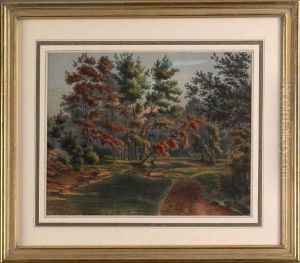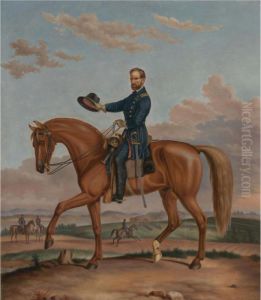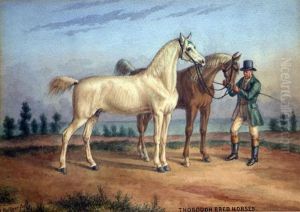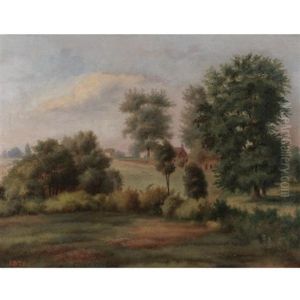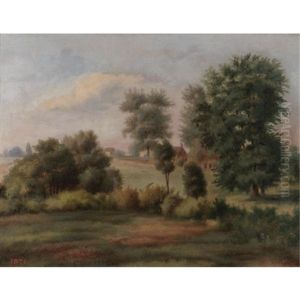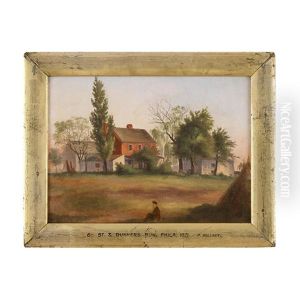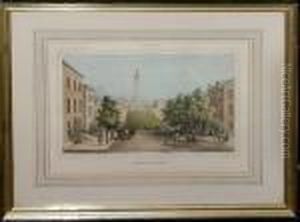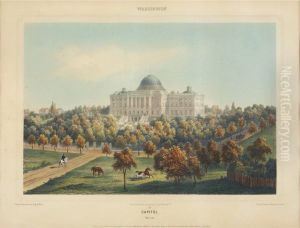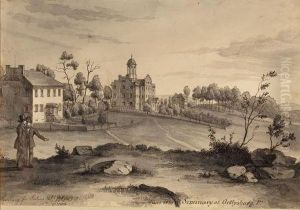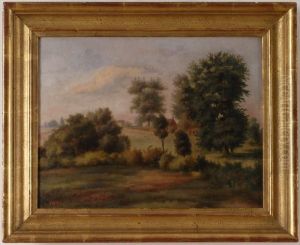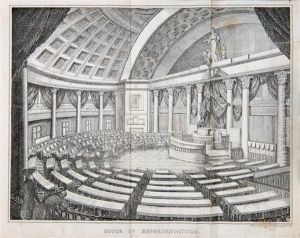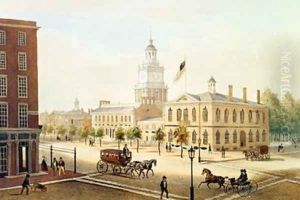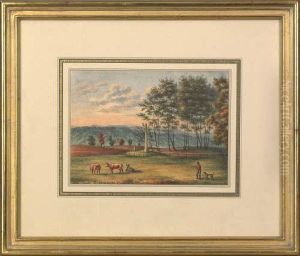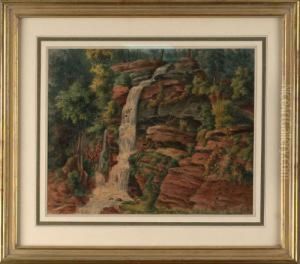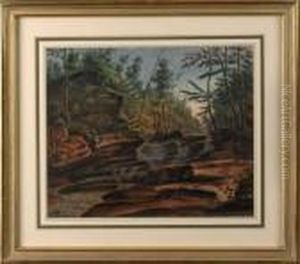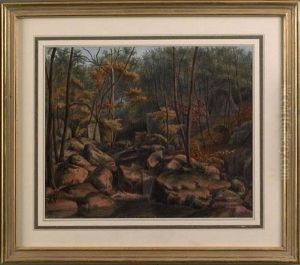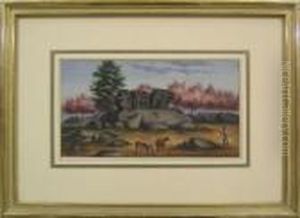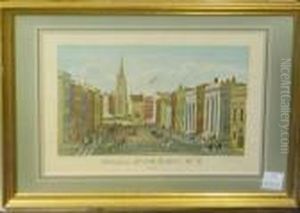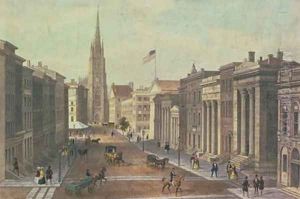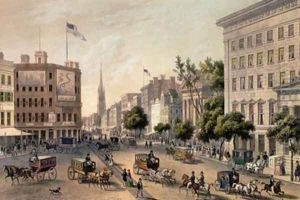Kollner, Augustus Paintings
Augustus Kollner was a German-born artist known for his detailed lithographs and paintings, primarily focusing on American landscapes and urban scenes. Born on November 15, 1813, in Stuttgart, Germany, he developed an interest in art at an early age and pursued his passion by studying at the Royal Academy of Fine Arts in Stuttgart.
Kollner moved to the United States in the late 1830s, initially settling in Philadelphia, Pennsylvania, which was a burgeoning center for the arts and publishing during that time. His work quickly garnered attention, and he found employment with various publishing firms, including P.S. Duval, one of the premier lithographic establishments in the country.
Throughout his career, Kollner produced a wide array of works, including illustrations for books, periodicals, and sheet music covers. However, he is particularly noted for his series of lithographs titled 'Views of American Cities,' which offered detailed and picturesque portrayals of urban life in the United States during the mid-19th century.
Kollner could capture the essence of the American landscape and its burgeoning cities with a remarkable blend of accuracy and aesthetic appeal. His works serve as valuable historical documents, providing insights into the architecture and urban planning of the era. Many of his cityscapes featured prominent landmarks and bustling street scenes, filled with the energy of everyday life.
Later in his life, Augustus Kollner continued to work as an artist, but with the advent of photography and changes in printing technology, the demand for traditional lithography declined. Nevertheless, Kollner's contributions to the art of lithography and his documentation of American life have earned him a lasting place in the history of American art.
Kollner passed away on July 24, 1906, in Philadelphia, leaving behind a rich legacy of work that continues to be studied and appreciated by art historians, scholars of American history, and art lovers alike.
